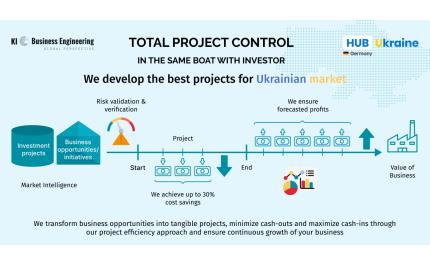What is Digital Transformation?
Digital transformation is a process in which digital technologies are used to create new, or modify the existing culture, customer experiences, and business processes to meet the constantly evolving business and market requirements and trends. In other words, the recreation of business in the digital era is called digital transformation.
It surpasses traditional roles including customer services, marketing, and sales. Moreover, digital transformation begins and ends with customers. As organizations move from paper to spreadsheets to smart apps to manage their business, they have the chance to rethink how to engage customers using digital technology.
Types of Digital Transformation
Digital transformation is not the same for all organizations, and something more overwhelming is viewing it as a one-thing-fits-all process. It’s essential to realize that digital transformation is not a single offering or product. It can evolve throughout the journey but requires a long-term commitment. There are mainly 4 types of digital transformation.
1. Process Transformation
Digital transformation helps companies revise their internal processes to improve quality, lower costs, and reduce cycle times. They can adopt cloud connectivity to link disparate locations and processes. On the other hand, modernizing the supply chain and logistics network using digital transformation like artificial intelligence and integration of machine learning can also help recognize as well as shape data patterns into actionable insights.
2. Business Model Transformation
Business model transformation is all about fundamentally changing the way organizations deliver value for customers. Technology companies can remodel their go-to-market strategy by providing their customers with the flexibility of selecting the most suitable technology for them.
3. Domain Transformation
Companies specifically adopt new technologies to reformulate their products and services. They can develop entirely new offerings based on technology or even extend the current services to a whole new customer base. For example, when a piece of equipment is offered on a rental basis instead of purchase-only, it enables the company to reach a segment of customers that was previously unserved and needs that technology temporarily.
4. Cultural/Organizational Transformation
Adopting a digital-first culture empowers companies to accept rapid and energetic workflows, support decentralized decision-making, and develop a bias towards learning and testing. No doubt, a successful transition requires redefining the processes as well as mindsets while also incorporating new capabilities and talents. Often the organizational culture shifts organically during other initiatives of transformation as internal teams recognize the power of altering organizational norms by adopting digital workflows.
Most Popular Digital Transformation Trends
Digital transformation trends are constantly emerging as the world is shifting from physical to digital services and product offerings. Here is a list of the most popular digital transformation trends that are expected to keep flourishing or emerge in the months ahead.
- Blockchain
- Data protection and security
- Hybrid workplace
- Artificial intelligence (AI)
- Automation
- 5G
- Digital banking
Challenges in Digital Transformation
Digital transformation is not only about adopting new technologies, software, and more efficient and automated processes than traditional business processes and practices. Rather, it is a whole new and innovative way of performing functions that are core to your business.
This means that the companies must consider each and everything while taking an initiative in digital transformation. The most crucial factors like how it will impact customer relations, how people will react to the change, how it will align with business goals, the cost, etc. are all taken into consideration. The most interesting part of digital transformation is that it positions companies to grow into new areas and withstand competition. On the other hand, it also empowers organizations to bring up their business into the future.
But!!
There are more challenges in the process of digital transformation than success. All of the achievements discussed above are easier said than done. As per digital transformation statistics, almost 70% of the digital transformation programs fail mainly due to a lack of support from management and employee resistance. There are only 16% of employees mentioned that their performance improved or they became more sustainable with the adoption of digital transformation.
Conclusion
The COVID-19 pandemic simply altered the position of the Digital Transformation process from a mere speculation concept to an essential reality. And this reality forced companies and organizations into replacing their traditional means of business with digital transformation consulting across the globe. The post-pandemic industrial sector proved that real-time actionable insights need to be accessible to companies so that they can enhance their products and services while also providing better customer experiences.





